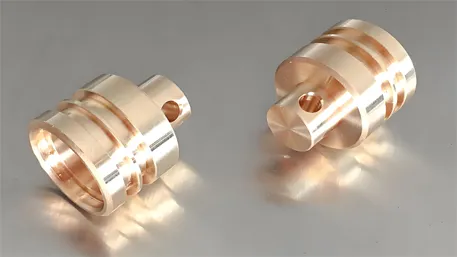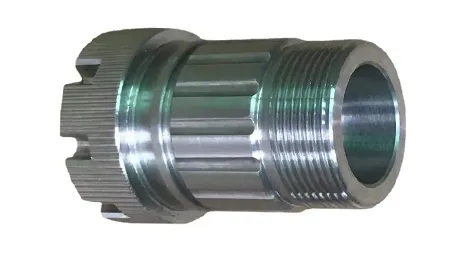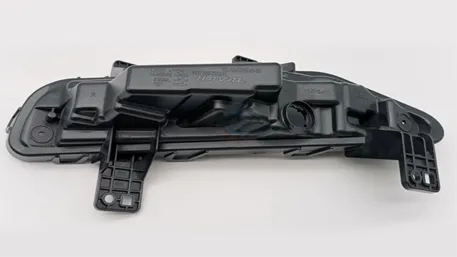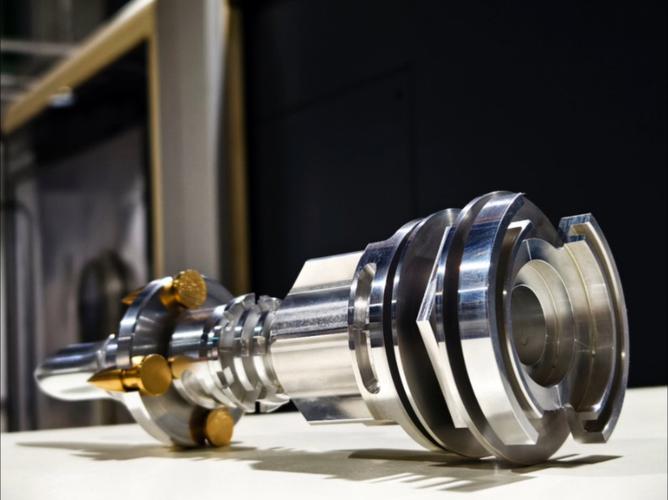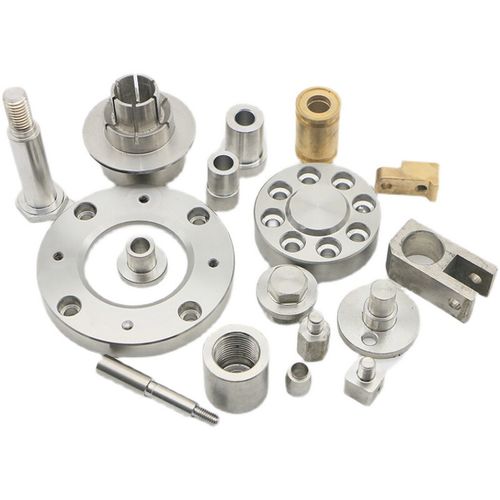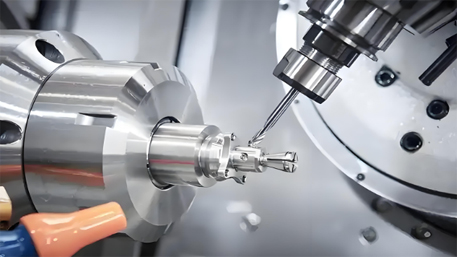
CNC machines are capable of handling large parts through the following methods and considerations:
1. Choosing the right machine: Select a CNC machine with a sufficient working envelope (the space within which the machine can operate) to accommodate the size of the large part. This includes having adequate X, Y, and Z-axis travel distances.
2. Fixturing and support: Specialized fixtures and supports are designed to securely hold the large part during machining. These fixtures need to distribute the clamping forces evenly to prevent distortion.
3. Tool selection: Long-reach tools or extended-length cutting tools might be necessary to reach all areas of the large part. Also, tools with larger diameters or stronger construction can handle the increased cutting forces.
4. Programming strategies: The CNC program is carefully planned to optimize the cutting paths. This may involve dividing the machining operations into multiple steps or using roughing and finishing passes to gradually achieve the desired shape and accuracy.
5. Machining sequence: The order of machining operations is crucial. Starting with roughing to remove the bulk of the material and then proceeding to semi-finishing and finishing helps control the part’s distortion due to material removal.
6. Monitoring and adjustment: During the machining process, constant monitoring of the part’s dimensions, surface finish, and machine performance is carried out. Adjustments can be made in real-time to correct any deviations.
7. Coolant and lubrication: Adequate and effective coolant/lubrication systems are essential to manage the heat generated during machining, especially for large parts where the heat buildup can be significant.
8. Quality control: After machining, comprehensive quality checks using appropriate measuring tools and techniques are performed to ensure the part meets the specified tolerances and requirements.
9. Transportation and handling: Special equipment and procedures are needed for safely moving and handling the large parts within the workshop, both before and after machining.

